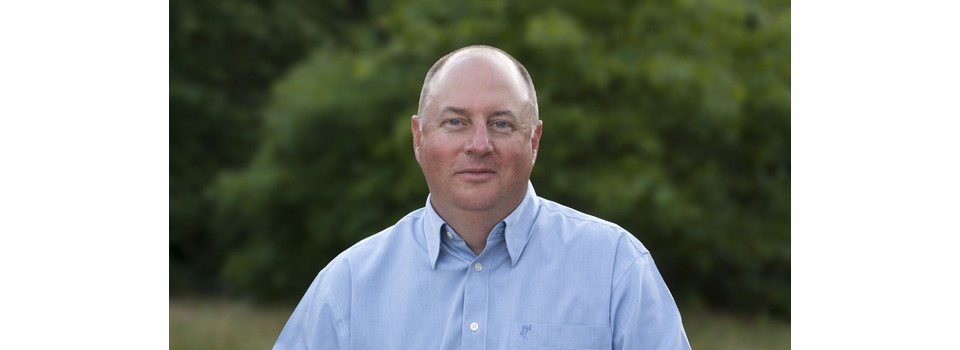Part 1
The PGA Championship switched dates from mid-August to mid-May. How important is it for the timing of an event to maximize both the given architecture in concert with optimum turf presentation?
Drew Rogers: I think the date and course selection are more critical to the actual site/location than anything. Mid-May in Minnesota, for example, could actually experience some shouldering “end of winter” conditions that might not be ideal.
By contrast, mid-August in Florida could be a complete washout due to rainy season propensities. So, unfortunately the date is not a one-size-fits-all solution, it seems, depending on each of the selected venues.
Beau Welling: I think the change made a lot of sense because it provides the players with a major championship every month from April to July, which is important because of the team events every year and also the Olympics every four years. The shift to May also opens up the potential for new host venues but clearly, they need to have the right grass types and climates to best present a course’s architecture in May.
Jerry Lemons: The turf is as much these days more critical, but weather patterns can impact the firmness of the courses when switched.
As with Valhalla and the change to Zoysia grass, a late spring might have the zoysia in any given year a little bit behind. If a course is too soft, they can play it shorter if it needed to be.
Chris Cochran: I am a big fan of the May PGA Championship. By moving it to May it opens so much more of the country where the championship can be played like Florida, Texas, Arizona, and the Gulf states, etc.
I think this outweighs possible agronomic issues a course could experience from a bad winter.
Dr. Michael J. Hurdzan: Today’s golf courses are built or remodeled with so much incorporated technological advancements such as vacuum drainage, high tech rootzones, precision irrigation, lab-selected bunker sands and liners, advanced turfgrass cultivars, when coupled to the best management practices by Golf Course Superintendents, that golf courses tend to play the same in any warm month.
In addition, with climate change, there may be fewer differences between mid-May and mid-August playing conditions as time goes on.
One of the more interesting and recent developments for major events is having at least one par-3 play in the range of 250 or more yards in order to secure long iron and even fairway metal usage. What’s your take on the importance of the long par-3 hole and can more be done in that manner?
Chris Cochran: I like the long par-3. I think it is fun to see the best players having their long approach games being tested, especially when you see them hitting so many short irons during a round.
Typically, there is more pressure on a player trying to hit a green in regulation with a long iron than hitting a long iron trying to reach a par 5 in two. Trying to have the golfer hit every club in the bag during a round of golf is still a priority for most architects.
Beau Welling: I think forcing longer club play on par threes can make a lot of sense but at the end of day, variety of par threes is what we seek. We want to ensure that the par threes are all distinct and memorable – so having a long par three around 250 yards (or more) really helps achieve that variety.
Dr. Michael J. Hurdzan: Long par-3s tend to be boring and generally benefit the longest hitters, while the greatest par-3s are short; 12 at Augusta National, 7 at Pebble Beach, 17 at TPC Sawgrass, and many, many more examples.
However, the truly exciting hole today is the driveable par-4 of 280 – 320 yards, that can be made devilishly hard yet playable by everyone, albeit with different strategies.
Jerry Lemons: I agree with any strategy to make the players be tested with every club in their bag. The long par threes are just part of this.
Drew Rogers: A hole does not have to be long to challenge the best players in the world. Long holes don’t tend to stir much imagination or interest. For that reason, I would enjoy seeing shorter par-3s with really difficult shot values. And those are holes that are exciting to watch and are experiences that spectators can relate to as well.
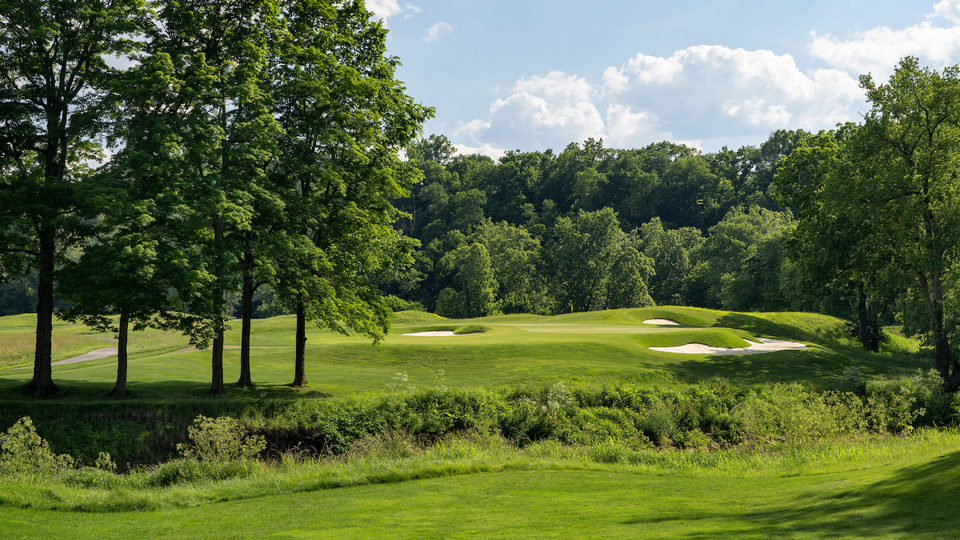
Are bunkers irrelevant today at the elite level?
Dr. Michael J. Hurdzan: Old Tom Morris said, “Bunkers are not a place for pleasure: they’re for punishment and repentance.” But what has allowed elite players to seemingly master sand play is because bunkers have become consistent and predictable playing surfaces, even between golf courses.
This is a result of sophistication in sand selection, bunker liners and maintenance practices to create “perfect” bunkers, that has eliminated the capricious nature and fear of the old-time hazards, that were appropriately called “sand traps,” that rarely played the same, even on the same course.
In 2006, Jack Nicklaus tried deeply furrowed bunker raking at the Memorial to disrupt perfect lies, and most pros hated it, so it was gone. Bunkers that challenge the best players today tend to be smaller, sometimes resulting in awkward stances caused by ragged edges and/or grass islands, or the ball being against a near-vertical front face.
Drew Rogers: They’re not what they used to be. Players are really skilled at hitting great shots out of impeccably maintained bunker – more so than deep rough. Bunker depth and positioning can still impact elite players, but they’re also really punitive to the average player as well. So where do you draw those lines in designing a course?
Who’s paying the bills and racking up the rounds? There are plenty of other ways to introduce obstacles that will impact good players – and they don’t have to involve sand. So those details are all about creativity within the architect’s strategic vision.
Chris Cochran: I think bunkers are very relevant. If you look at Shotlink and scrambling data from the tour the average up and down out of green side bunkers is less than 50%.
Fairway bunkers are very relevant, look at last year’s PGA when Victor Hovland on the back nine of Sunday didn’t get his approach shot out of the fairway bunker down the stretch and how much the momentum changed after that.
Watching tournament golf especially in person, you see how hard the players work to avoid the bunkers. In addition, elite players appreciate the beauty of a well-designed, placed, and artistic bunker as much if not more than most.
Jerry Lemons: I hope not, but the thought of every lie in a bunker being perfect has driven clubs to the same level of expectation of consistency we wanted greens to be 30 years ago.
Beau Welling: I would not say that bunkers are irrelevant but most elite-level players are very good out of the sand, so bunkers are not the penalty they used to be. Course conditioning and the design of bunkers are a factor because players can end up with “good lies” in the sand.
To take that thought a step further, we are now seeing players intentionally trying to hit into the sand to take advantage of certain situations – that was something we saw from Justin Thomas during his 2022 PGA Championship victory at Southern Hills.
If bunkers had more randomness and a higher probability of “funny lies,” then they would have a different effect. But that wouldn’t be popular in today’s game.
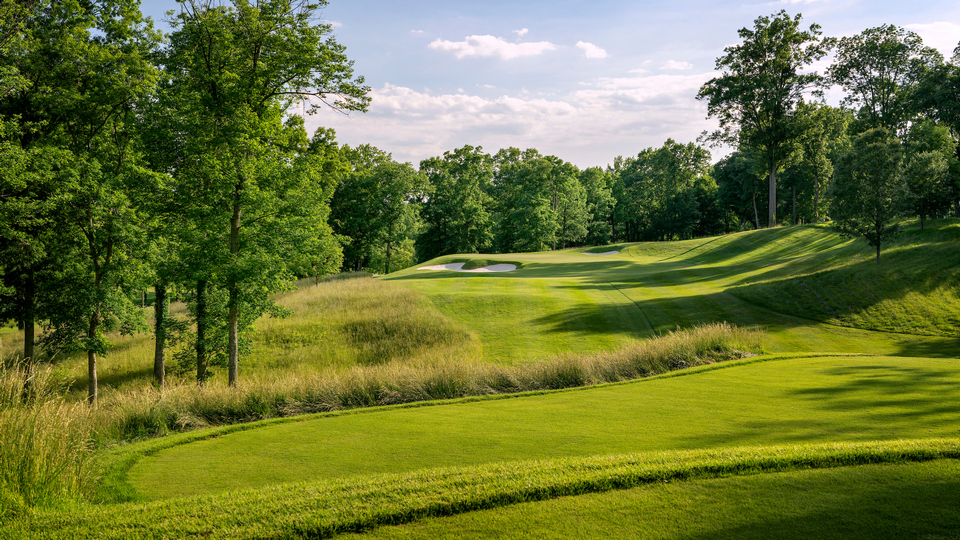
What do you think architects such as Alister MacKenzie, A.W. Tillinghast, George Thomas, Donald Ross, et al – would think of how golf courses have evolved since their respective time frame?
Jerry Lemons: If they were dropped in today, they would shake their heads, but if they had seen it evolve slowly as it has done, they would grasp many good things as good for the game.
Drew Rogers: I don’t think they would be all that surprised. Most architects from the Golden Age wrote about the subject of evolution 100 years ago – almost as if they were warning the reader that courses would be impacted by technology, etc. over time.
That said, I think they would share the same concerns that have been expressed today about losing the strategic impacts of their designs. At the same time, though, I think they may be pretty impressed with advances in golf course management and efficiencies developed to aid in the construction and maintenance of golf courses.
Dr. Michael J. Hurdzan: Those past masters were not design geniuses on day one, so they had to evolve and refine their own design thinking, to include adopting new innovations that might improve their golf courses such as irrigation, drainage, improved grasses, and better maintenance equipment and techniques.
So, I think that they would generally embrace the modern golf course, except perhaps our penchant for over-manicured green grass everywhere and bright white sand that makes modern golf courses look “artificial” compared to their era.
Chris Cochran: I think they were very smart and clever architects. The game has changed so much since they were designing courses. At the elite tournament level, I think they would understand how much money is involved, TV viewership and what viewers like to see, how good the elite players are, and therefore would understand why tournament courses are what they are today and would do similar work.
I think they would also understand issues facing the game like the cost of labor, availability of qualified staff, rising equipment and materials cost and availability of clean water, players expectations for maintenance of golf courses, etc. and would design accordingly.
Beau Welling: I am sure they may have some interesting thoughts. Overall, I think they would be shocked initially but quickly grow excited by the possibilities of reconfiguring and reimagining how to adapt their designs to today’s game.
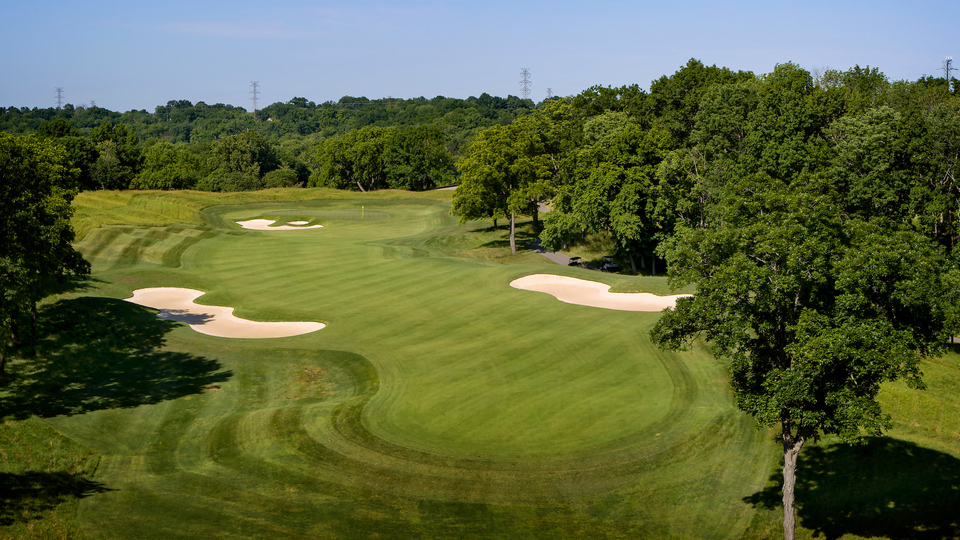
Valhalla ends with a risk/reward par-5. What’s your take on having a par-5 hole placed in the finishing role?
Jerry Lemons: With adequate risk, it is exciting. It should barely be reachable, at least with a 3-wood.
Chris Cochran: From a spectator’s standpoint they offer great drama and excitement.
Drew Rogers: As long as the hole forces players to make some critical choices, as the best golf holes do, the par seems irrelevant to me.
Having to make decisions under pressure usually provokes some level of drama – and that’s what that hole is intended to do.
Dr. Michael J. Hurdzan: One only needs to think of the great finishing hole at Pebble Beach, Kapalua Plantation, Shadow Creek, and I would be remiss not to mention Erin Hills, to understand just how exciting a par-5 can be, if it is a true risk/reward hole.
These are not easy holes to create given the distances elite players hit the ball, length alone is not enough, so there must be significant risk involved for failure to execute. But when such a design can be pulled off, these holes are awesome.
Beau Welling: We are fans of par-five finishing holes. In general, we tend to favor holes that can offer “high volatility” in scoring and a risk-reward par five is a good example. Having it at the end of the round can be very dramatic as it gives a player the potential to go and score to win. It’s super fun for spectators, too.

Related: Ben Polland interview
Give a letter grade on the site selections made in the last 25 years by the PGA of America for its flagship event.
Beau Welling: I am biased with this answer because I love the game and anyone who loves golf should have a great appreciation for the PGA of America. The PGA’s vast membership of over 29,000 professionals from coast to coast are the boots on the ground to grow, protect, steward and innovate our game.
I am not fully aware of the detailed reasonings behind their site selections. However, I am confident that the PGA looks holistically into what makes sense with site selections to help accomplish their goals and objectives, which collectively are bigger than a single golf tournament.
Dr. Michael J. Hurdzan: B+ for the quality of the golf courses alone, but perhaps an A when one considers the other business decisions that accompany choosing a ‘Major’ site such as parking, traffic, hotels, TV compound, merchandise areas, and a myriad of other considerations. In some ways the golf course ends up secondary to other demands of hosting a major.
Chris Cochran: A. I like seeing tournaments played on courses I have not seen them being played on before therefore I like how the PGA is more aggressive with site selection for tournaments which I would hope would be even greater in the future by moving the tournament to May.
Jerry Lemons: A.
Drew Rogers: A-/B+? The PGA has done a commendable job of exploring variety in its championship venues. Blending classic/traditional with modern courses – those built in the last 40-50 years
And they have also sampled courses from various regions across the country. Additionally, the PGA seems to do a really good job with course conditions and setup via the efforts of Kerry Haigh.
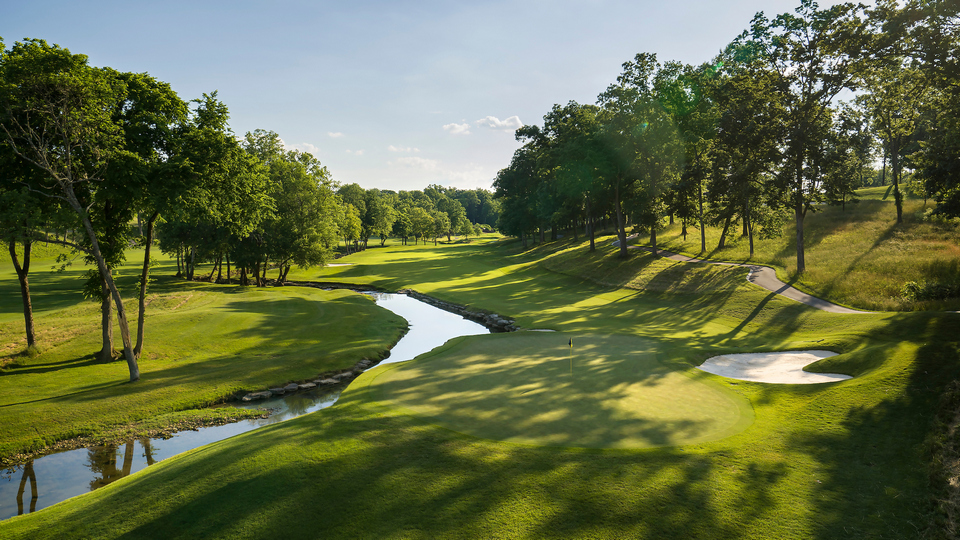
When you visit a course. you have not designed what draws your attention immediately?
Drew Rogers: I study how well courses fit the ground and setting. How well the ground was recreated to produce something compelling. You can tell immediately when an architect understands strategy and shot values, the use of angles, varied directions and presentations, balanced sequencing and flow, nuanced accents and generally applying psychological tests for players to sort out.
Most of all, a course can also really get my attention if it is an enjoyable playing experience. I don’t mind difficult courses if there are options. Options make for fun for everyone and difficulty often leads to memorability.
Chris Cochran: For me it starts with expectations. My expectations for a course where I am paying a $30 green fee will be different than playing a top 100 course I have not seen before. After that it’s the look and feel of the facility and how the golf course plays.
I believe I am very open minded when seeing and playing other courses I have not worked on. I am a huge fan of good golf holes, especially clever holes that are set up in a way I would never have thought of or have not seen before.
Dr. Michael J. Hurdzan: How playable and interesting is the course for the people paying dues or green fees. This means number of tees, width of fairways, depth of rough, green sizes and slopes, amount of penalty areas, margins for shot error, and forced carries.
Of course, one cannot overlook how well the course fits into its surroundings and how view corridors were manipulated, but playability should always be number one.
Beau Welling: Visiting a course our team has not been involved with is always fun and interesting. The first thing that I look for is normally the overall routing. I always wonder about the “why.”
Jerry Lemons: Bunkering, of course! On a broader level — why the decisions were made about placing golf holes in certain ways and how those decisions affect variety and shot values.
Knowing that you may never know the “whys,” I tend not to ever be critical of other golf courses. But I am certainly curious.
***
The Participants
Chris Cochran
Graduated from Iowa State University in 1983 with a Bachelor of Science in Agronomy. However, even before he graduated, he was involved with the golf industry.
From 1976-1983 he worked for the Wichita State University Golf Course, first in the pro shop and then in golf course maintenance.
In 1980–1981 he worked in golf course maintenance for the Ames Country Club. After graduation, he would use this experience to begin working for Nicklaus Design as a Site Coordinator from 1984–1989. He has continued to work for Nicklaus Design and in 1989 became a Design Coordinator. Serves as Senior Design Associate today.

Jerry Lemons

Attended Murray State University, receiving an Associate’s Degree in Horticulture. Following graduation, worked as construction and golf course superintendent at a Kidwell–Hurdzan designed course at the University.
He then formed his own firm, Golf Links Inc., and has since been the Senior Designer for all of the company’s golf course projects. Golf Links Inc focuses on building quality golf courses and on assisting clients with the operation of their clubs.
The firm continues to grow and has developed a reputation for creating “affordable golf.” Its design philosophy revolves around making a golf course fit the site; hence, he considers site selection the single most important factor in building a quality course enjoyable for players of all levels.

Dr. Michael J. Hurdzan
Is the fifth person in golf to achieve the non-playing “Grand Slam” as recipient of the highest honor from our industry’s “Big 3”: the Golf Course Superintendents Association of America, the American Society of Golf Course Architects and the Golf Course Builders Association of America.
Today, seven are on that list: Arnold Palmer, Jack Nicklaus, Byron Nelson, Robert Trent Jones, Sr., Rees Jones, Pete Dye and Dr. Hurdzan. He has authored eight books, the first of which, Golf Course Architecture: Evolutions in Design, Construction, and Restoration Technology, is regarded by many authorities as “the modern bible of golf course design,” that has also been translated into German, Korean, Chinese and Japanese.
The Hurdzan name can now be found on 400+ projects on five continents. Erin Hills, an original design of Dr. Hurdzan with then business partner Dana Fry and Golf Digest Architectural Editor Ron Whitten hosted the 2017 US Open, just ten years after it opened.
Dr. Hurdzan is still active and working with his son and business partner, Dr. Christopher Hurdzan on golf course projects across North America.
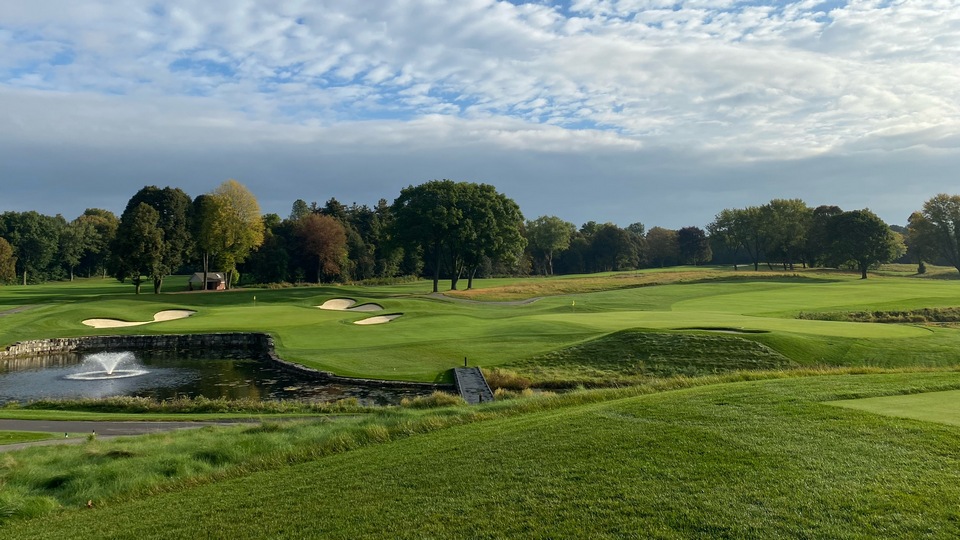
Drew Rogers
In 1992, Rogers took a design position with renowned architect Arthur Hills. He quickly assumed full management of numerous full-scale projects and became a well-recognized face of the firm and a highly respected golf industry practitioner.
Appointed a full partner of Hills’ firm in 1999 before earning acceptance as a member of the American Society of Golf Course Architects in 2001. During a time spanning nearly 19 years, Rogers collaborated with Hills on over thirty new course designs and over twenty major renovations worldwide.
In 2010, he established his own design practice (JDR), whose primary focus is to assist existing course entities that seek to make improvements to their facilities. JDR is a small, boutique entity that focuses on personal service, direct communication, well-planned improvement programs, and enduring excellence.

Beau Welling
An interdisciplinary professional, Welling earned degrees in Physics and drama from Brown University and Trinity College in Dublin, Ireland before spending a decade working under Tom Fazio at his design firm.
In 2007, he founded Beau Welling Design (BWD), and since then has designed and renovated dozens of high-profile golf venues such as Fields Ranch West at Omni PGA Frisco, Atlanta Country Club, Ocean Forest Club and Johnathan’s Landing Golf Club. In addition to BWD, Beau and his team serve as the design consultants for Tiger Woods’ TGR Designs.
Off the course, Welling was elected President of the World Curling Federation in 2022.





